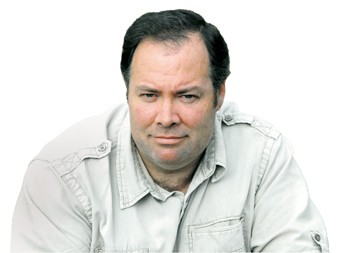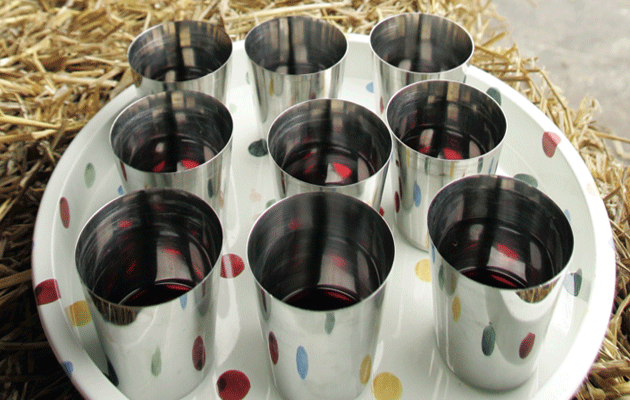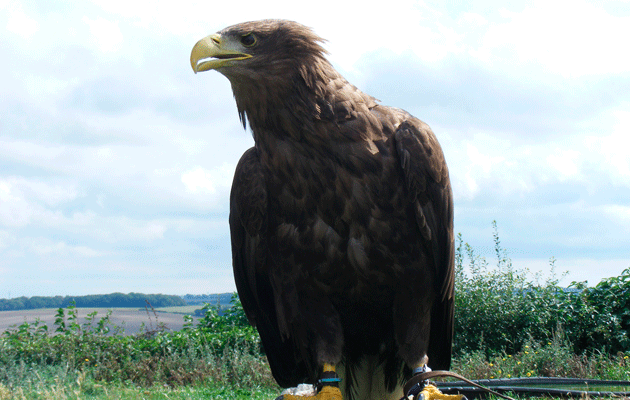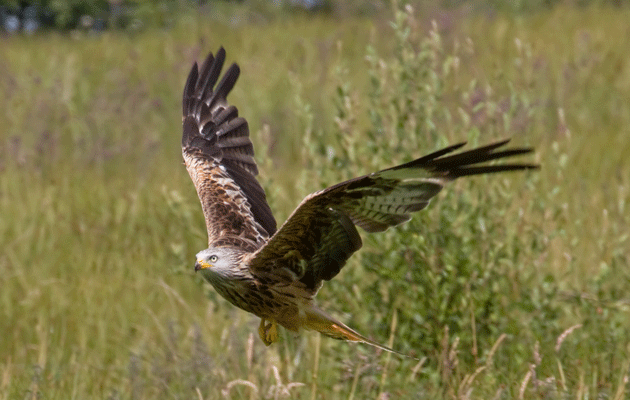Sharpshooter

Last week, when I was out on the final day?s hunting, I heard the first curlew of the year. It was a glorious, heart-warming sound. It signals a time when the entire character of the countryside and its associated wildlife is about to change, because the breeding season will soon be upon us. And this brings me to the subject of dogs in the countryside.
Given that I spent an enjoyable day on my quad following a pack of foxhounds across hill and dale, you might think me a little hypocritical when I raise the matter of disturbance caused by dogs. But it?s all a matter of time, place and purpose.
I recall hearing, at a Local Access Forum meeting, a representative of a walking group complaining about the fact that her members were not allowed to let their dogs roam freely on heather moorland during certain times of the year. ?Yet you see the shooters and their dogs all over the place?, she said. ?Why is it one law for them and another for us??
What she had failed to realise, of course, is that highly trained dogs flushing mature gamebirds during the shooting season is one thing, but out-of-control canine pets causing havoc among ground-nesting birds during the breeding season is quite another. Complaining about a shooter?s spaniel putting up gamebirds in autumn is about as silly as objecting to a shepherd?s collie rounding up sheep.
The reason why my local foxhound pack can hunt until early March is that we don?t lamb up here for another month. Farmers will certainly not tolerate heavily pregnant ewes being hustled about by foxhounds. And when lambing actually starts, the ewes tend to react badly to the mere presence of unfamiliar dogs, no matter how well behaved.
Thoughtless dog owners
I suppose we have all seen examples of thoughtless dog owners allowing their pets to rampage across private land. I vividly recall an incident in County Durham, years ago. A keeper and I came round the corner of a wood to find an elderly woman actually encouraging her two dogs to chase recently released pheasant poults. She was offended when the keeper took exception. She seemed to think that what she was doing was akin to letting her darling pooches chase squirrels in the park.
Yet if certain sections of the public do not always understand how the seasons affect the impact of disturbance on wildlife, I have to admit that the fault is not always on one side. For example, I have lost count of the number of times farmers and shepherds have assured me that dogs have to be kept on a lead when using a public right of way. This is simply not true. It might be wise to keep a dog on a lead when near sheep (though not necessarily when near cattle if there is a risk of the beasts charging). But there is no legal requirement to put a dog on a lead if it is under control and on a public right of way, closely accompanying its owner.
Wide scope for confusion
One complication is that on open-access land south of the border, dogs must, by law, be kept on a lead during the nesting season (1 March to 31 July)except where such land is crossed by a public right of way, when the other rules apply. And it gets even more complicated when the owners of access land exercise their right, under various procedures, to require dogs to be kept on leads outside the nesting season. The scope for confusion and ill-feeling, with each side accusing the other of infringing their respective rights, is obvious.
In theory, ?rights? are meant to be inextricably linked to ?responsibilities?. And in Scotland, the right of responsible access is the basis of the access code. This is a noble concept, though it is not easy to see how it can be enforced in practice.
Have your say: if you have a view on a current news topic, send it, in no more than 500 words, to [email protected].
What is YOUR opinion?
Join other ST readers in our forums to discuss your views.
Like this article? Mark this page on a social bookmarking website…
![]()
What are social bookmarking sites?








